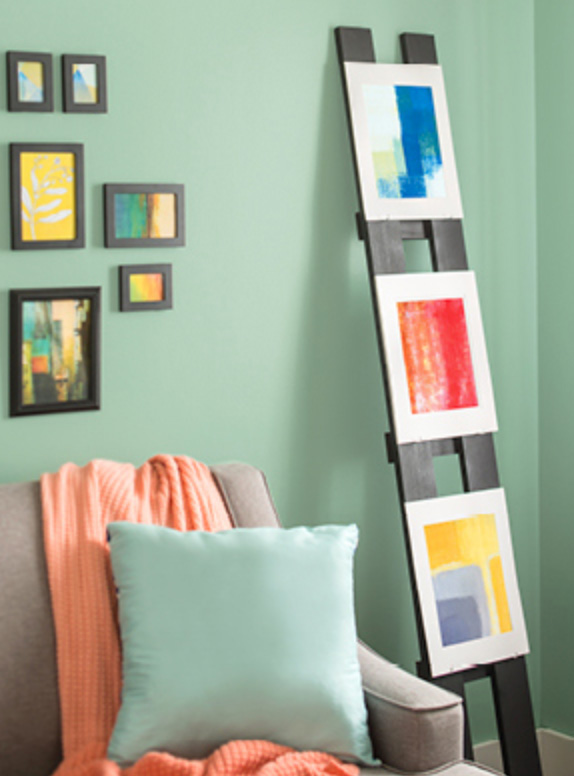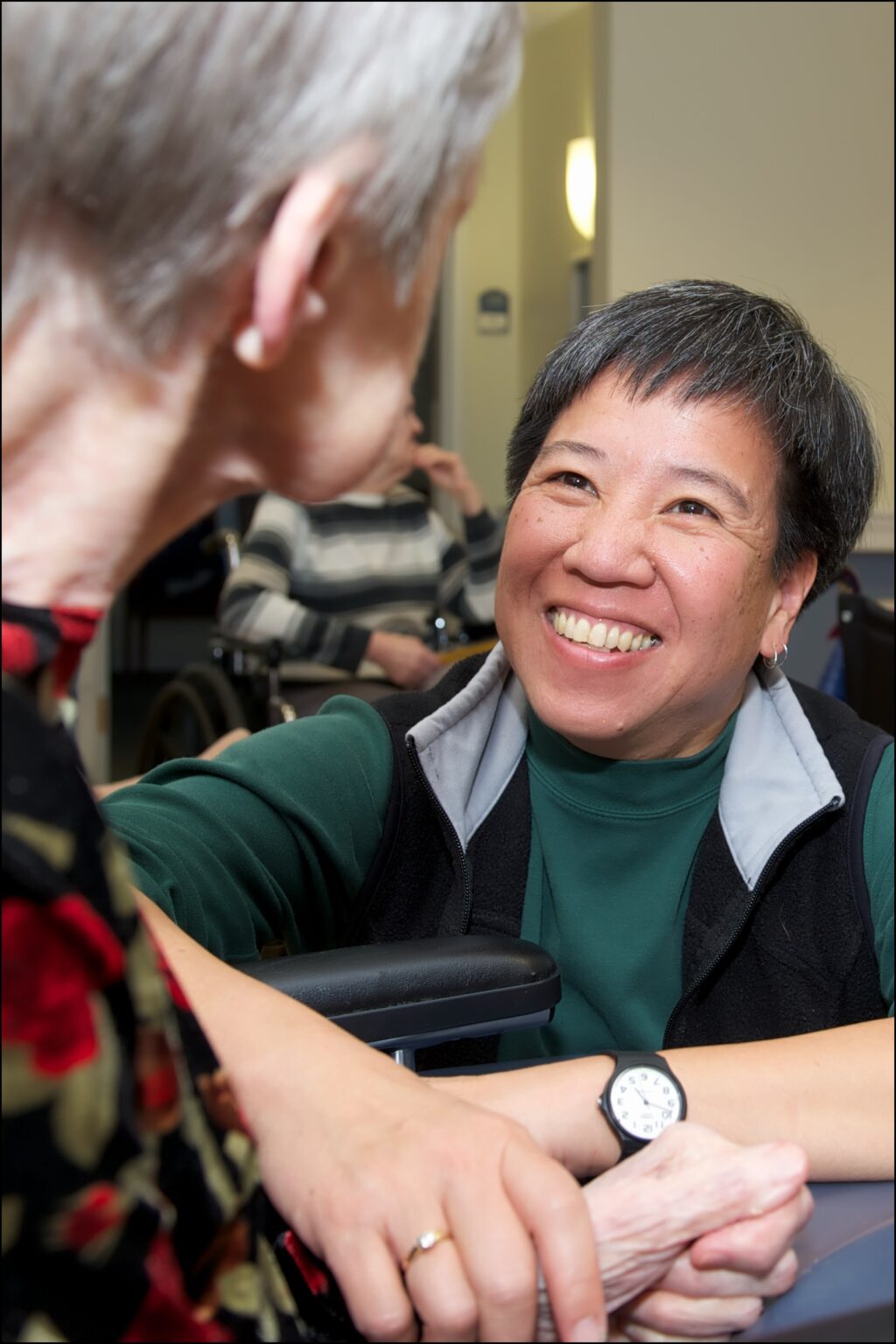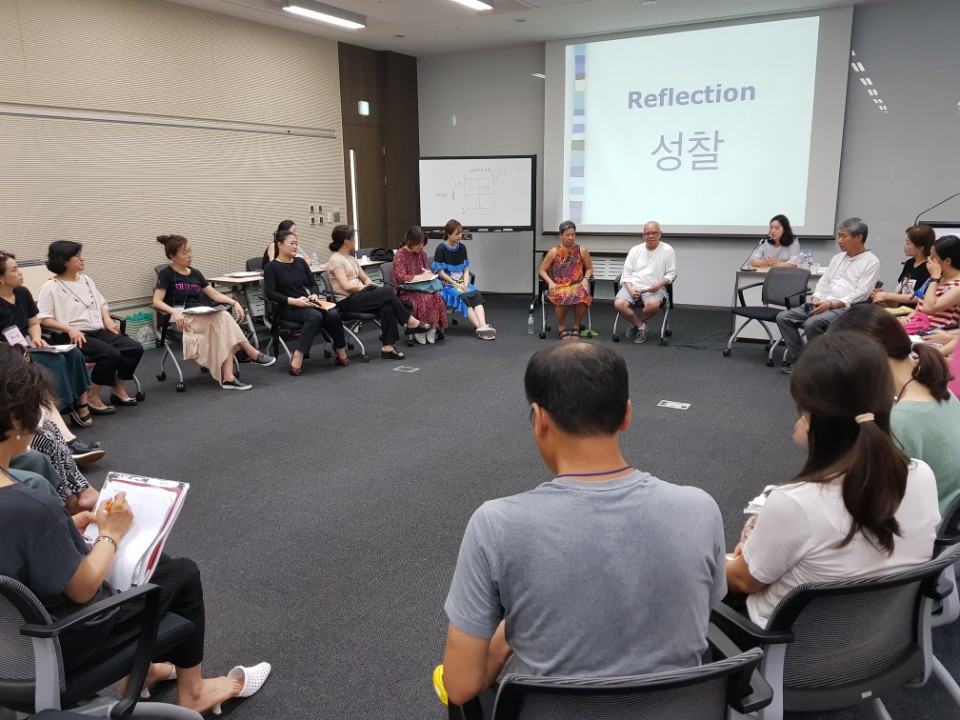Opening Minds through Art: A Preliminary Study Evaluating the Effects of a Creative-Expression Program on Persons Living with Dementia and Their Primary Care Partners
Levenberg, K., George, D. R., and Lokon, E. (2021). Opening Minds through Art: A Preliminary Study Evaluating the Effects of a Creative-Expression Program on Persons Living with Dementia and Their Primary Care Partners. Dementia: The international journal of social research and practice. DOI:10.1177/1471301221997290
Abstract
For people living with dementia and their care partners, a decline in the ability to effectively communicate can cause significant distress. However, in recent decades, the arts have emerged as an effective care modality in fostering communication and expression for those with declining verbal skills and memory loss. Opening Minds through Art (OMA) is a national initiative that empowers people living with dementia by facilitating creative expression and social engagement through art-making in partnership with trained college student volunteers. Research has demonstrated that participation in the program benefits quality of life for those living with dementia, and also improves student attitudes towards dementia. To date, however, no research has involved primary care partners. We implemented an OMA program at three residential care homes in State College, Pennsylvania, with residents co-creating artwork alongside primary care partners (i.e., a family member or primary medical personnel) over the course of four art-making sessions. We evaluated the effects of participation on quality of life and care partner burnout through pre-post use of “emotional thermometers” (measuring levels of distress, anxiety, depression, anger, and perceived quality of life), the NIH emotional support scale, and the NIH caregiver assessment (care partner burnout). For people living with dementia, participation significantly increased perceived quality of life while decreasing distress, anxiety, depression, and anger (p<0.01; n=12) after each class; however, the intervention did not significantly impact perceived emotional support. For care partners, participation significantly lowered post-intervention measures of burnout and self-rated stress (p<0.01; n=9). This preliminary study suggests that a structured art-based activity appears to positively impact acute mood for patients, and, importantly, decrease care partner burnout. Future research can bring more robust methods to bear in determining how to use OMA and other arts interventions to optimize social support for people living with dementia and their care partners.


